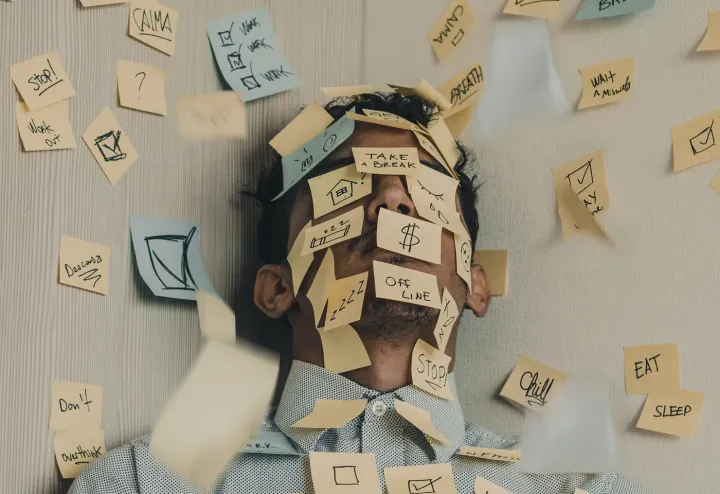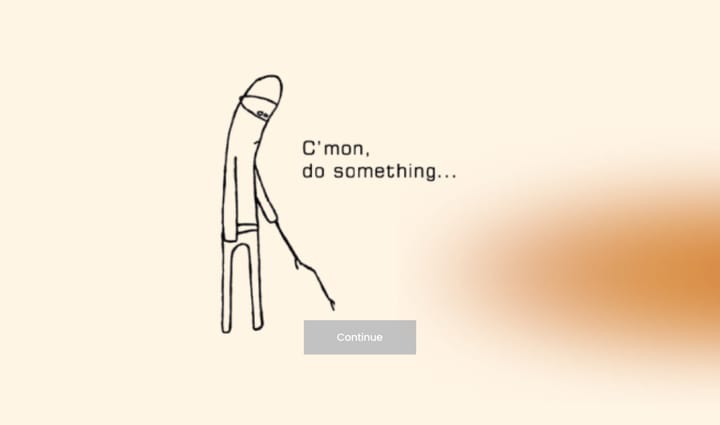Neurodesign: Why Top Product Designers Study People, not Trends

Neurodesign, the art of merging neuroscience and psychology with User Experience (UX) design, is reshaping how neuroscience is influencing UX, aiming to create brain-friendly experiences. Unlocking this potential involves a profound understanding of the neural mechanisms influencing human responses to interfaces. By drawing on our insights into cognitive processes, emotions, and embracing the principles of user-centered design, we gain the capability to create interfaces that authentically connect with users.
Have you ever wondered why certain products are more memorable than others? Have you ever found yourself talking to friends about a product or service you recenlty used and had a very positive experience? The reason is that great products doesn't lie on their functionality and features, but the feelings they create in the people who use them.
As Maya Angelou famously said:
“People will forget what you said, people will forget what you did, but people will never forget how you made them feel.”
How Neurodesign works
Most Neurodesign principles center around the brain's visual systems, honing in on how we perceive and process visual information when making decisions. The brain's visual system works like a team, starting in the back part called the occipital lobe. It then shares information with different parts of the brain. Sometimes, urgent decisions are made quickly by deeper brain areas in charge of survival and emotions, even before the main visual system gets involved. This doesn't mean the main visual system isn't important; it just shows that basic brain systems might act faster for quick decision-making.
Neurodesign Principles
Visceral Design
A visceral reaction marks our instant response to a sensory encounter, establishing the mood and initial impression that shapes our further exploration. It centers on the initial impact and visual allure, triggering an immediate emotional response solely based on appearance.
Why is this important?
- Users that get overall positive emotions are more likely to forgive any later errors.
- Leave a sense of enjoyment after the use of the product.
- Users are by far more likely to spread their great experience with others.
Behavioral Design
Examines user's reactions and emotions during a task where they focus on the qualintative data responses from interaction since users choose based on the value they think they gain. Usually is refered as usability and functionality but has more to do with pleasure and effectiveness of use.
Why is this important?
- Users feel empowered.
- Personalization leads to higher satisfaction.
- Trust and reliability through predictable outcomes.
- Higher rates of effectiveness due to the positive moments in user journey
Reflective Design
Reflective reactions explore the emotions and memories that last in our mind after an experience, shaping lasting impressions and influencing our decision to revisit or avoid it. This part is about how much something means to you. It makes you think more and helps create strong emotional connections that last beyond the first experience.
Why is this important?
- Foster a strong sense of belonging and identity.
- Create excitement through user satisfaction.
- Prompt users to share their positive experiences.
Questions to ask on your next projects
- What emotions do I want the user to experience?
- How can I tailor the design to evoke specific emotions at key touchpoints?
- What do they want to see at this stage?
- What are the user's expectations at different stages, and how can I meet or exceed them?
- How can I align the design with users' anticipated emotional responses?
- What elements can I incorporate to ensure user satisfaction?
- How can I personalize the experience to resonate with individual user preferences?
- How do I make the user feel valued and special during their interaction?
- Are there personalized touches that can create a memorable and unique experience?
- How can I ensure that the emotional impact of the design is inclusive and accessible to diverse user groups?
- How can the design adapt to different user emotional states or needs throughout the experience?
- Are there opportunities to enhance the user's emotional state positively?
Conclusion
Neurodesign is a game-changer for user experiences. By understanding how our brains react to designs, it goes beyond just the aesthetics. It creates designs that feel right, making users happy and leaving a lasting impression. In a contemporary landscape characterized by limited attention spans, neurodesign emerges not as a passing trend but as a pivotal player in the creation of designs that authentically resonate with individuals.


